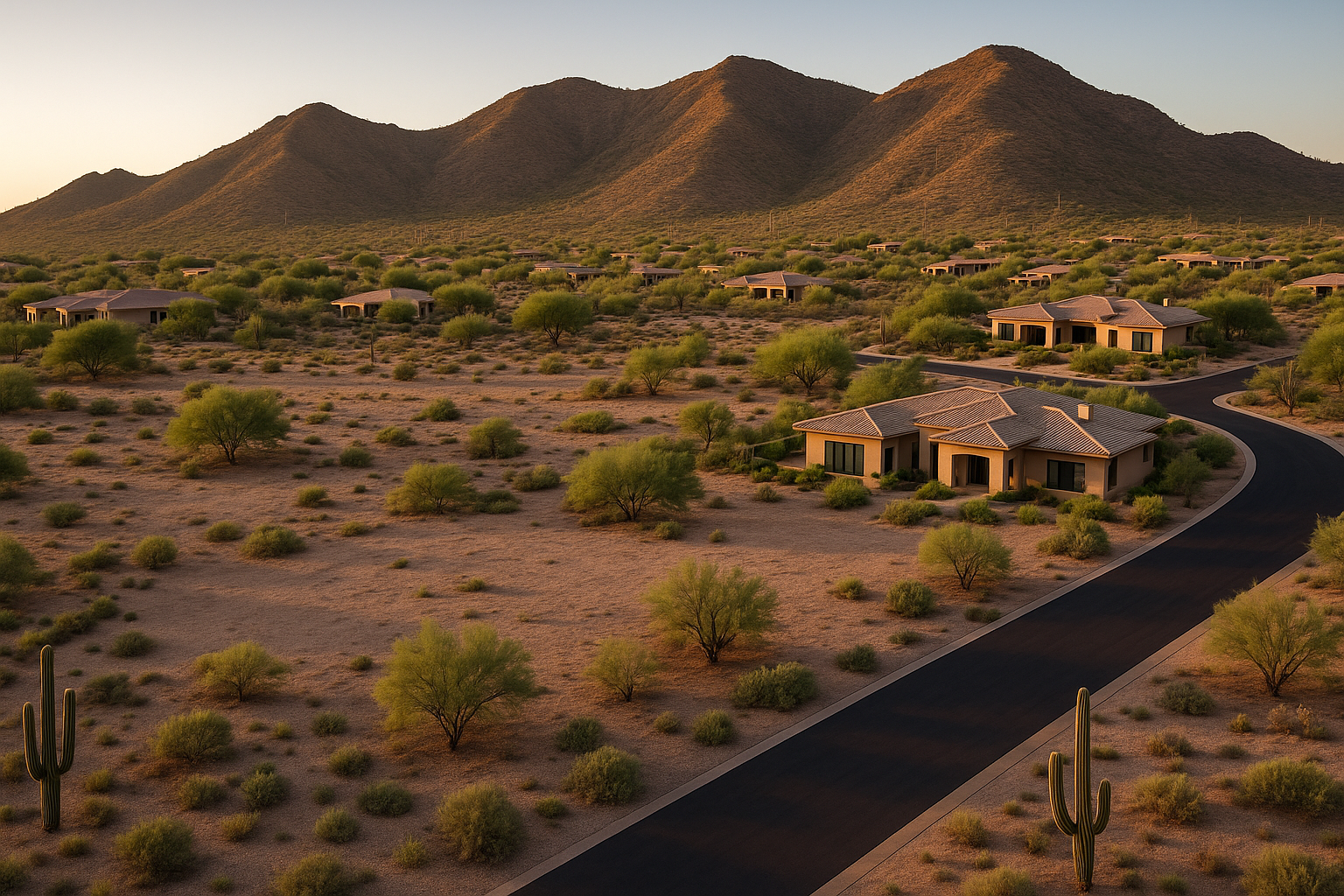
You can’t see every problem just by walking the land.
Some of the biggest deal-killers in land ownership are invisible—until it’s too late.
Floodplain restrictions. Protected species. Soil that won’t support a septic system.
This post covers the key environmental checks every landowner should run before building, buying, or reselling.
The first thing I check on every property? Flood risk.
Flood zones can limit what you build—or where you can build it
You might be required to carry expensive flood insurance
FEMA updates can rezone your land at any time
Flood zones can limit what you build—or where you can build it
You might be required to carry expensive flood insurance
FEMA updates can rezone your land at any time
Go to msc.fema.gov
Plug in the address or coordinates
Look for Zones A, AE, or AO → those are the high-risk ones
Zone X = minimal risk (usually good to go)
💡 If you’re in a flood zone, check with the county on what’s allowed and if elevation certificates or fill permits are required.
Just because a parcel looks flat and pretty doesn’t mean it can hold a house—or a septic system.
Has a perc test (percolation test) been done?
What’s the soil type (clay, rock, sand)?
Is the slope too steep for a system or foundation?
Ask the county environmental health department
Look at USDA Soil Surveys (Web Soil Survey)
If needed, hire a septic engineer for a perc test
🛑 Some areas may look “buildable” but can’t pass a perc test—especially in clay-heavy or rocky zones.
Arizona is full of unique wildlife—and some of it is federally protected.
Critical habitats for species like the desert tortoise or pygmy owl
Nesting areas, riparian zones, or washes
Any overlays flagged by U.S. Fish & Wildlife
Use the USFWS Critical Habitat Map
Search the parcel location at ecos.fws.gov
Ask the county or city planning department for known restrictions
A beautiful slope may look great in person—but too much elevation change = costly grading.
County GIS / Topo maps
Google Earth elevation profile
Look for natural washes, erosion channels, or steep drop-offs
⚠️ In Arizona, natural washes are regulated by flood control districts. You can’t build over one without a permit—and sometimes not at all.
Was your land ever:
A dumpsite?
A mining zone?
Used for agriculture with pesticides?
Near an old gas station or junkyard?
You might be dealing with soil contamination or underground tanks.
Look up historical land use (county assessor records)
Ask neighbors or old-timers what was there before
Contact the Arizona Department of Environmental Quality (ADEQ)
Search EPA’s Superfund site list
“Low price, large acreage” with no build activity nearby
Washed-out or flood-prone driveways
No septic history in a heavily rural area
County says: “We don’t recommend development here”
Property sits near a wash or riparian zone but has no permits
Inside the Land Clarity Blueprint™, I run a full environmental scan to flag:
FEMA flood zones
Soil and septic feasibility
Topo concerns and natural washes
Critical habitat overlays
Environmental hazard risks (like dumpsites or pesticide use)
⚠️ Disclaimer: I’m not an engineer or biologist. I use public data to help you ask the right questions before you build, subdivide, or get stuck. It’s not legal advice—it’s clarity.
I do the digging so you don’t get buried in red tape later.
You don’t need to be an environmental scientist to buy land you just need a game plan.
This is where so many buyers get burned:
They fall in love with the views… and ignore the soil, the slope, and the flood zone below it.
But that’s why due diligence exists. And that’s what I’m here for.